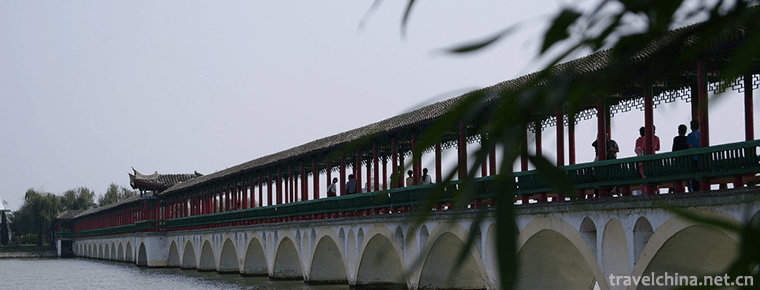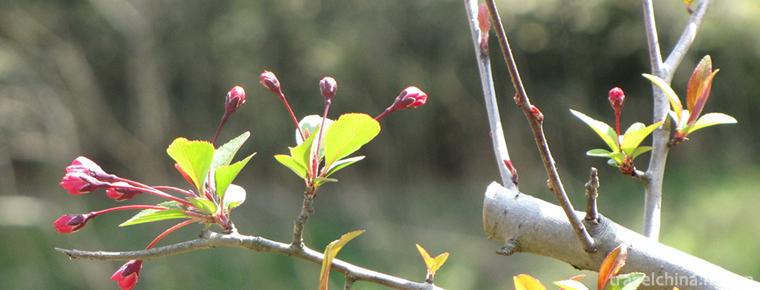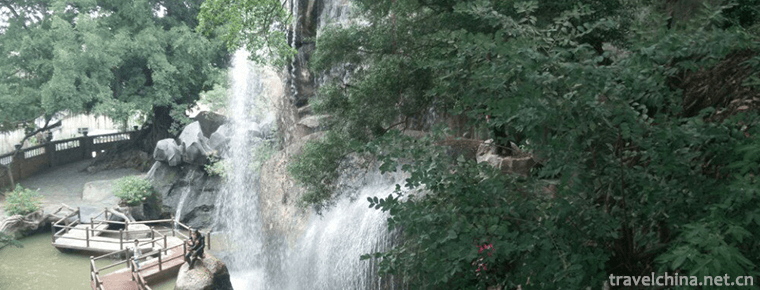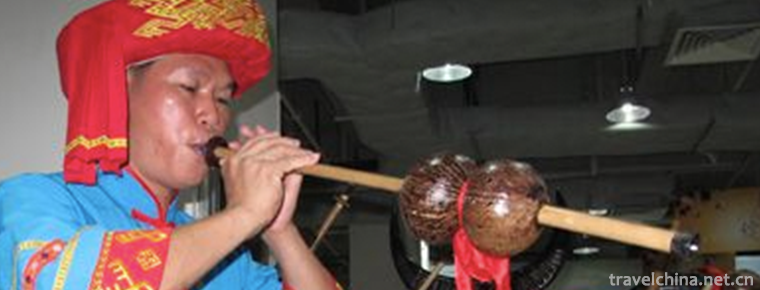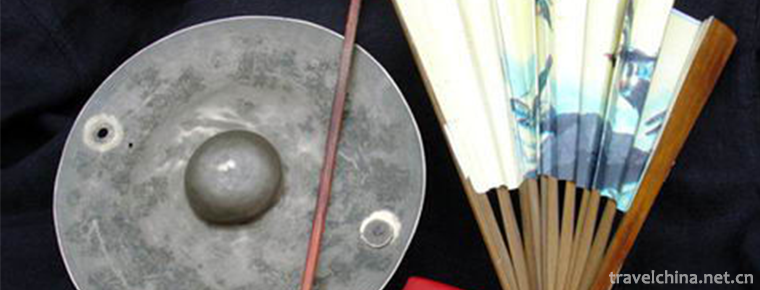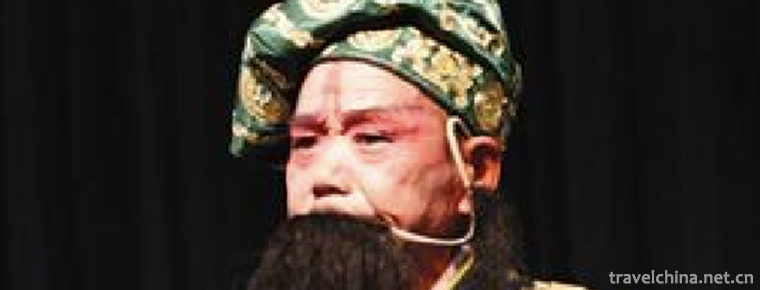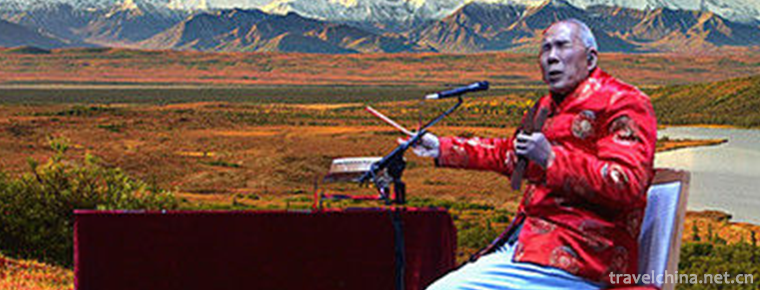conjuring tricks
conjuring;tricks
Conjuring tricks is one of the traditional Chinese acrobatics. Performers use agile methods to create audiovisual illusions, performing various objects, animals or water and fire and other rapid increase or decrease of hidden changes. China has a long history of juggling. According to Zhang Heng's "Xijing Fu" of the Han Dynasty, there were programs such as swallowing knives, spitting fire and painting ground into Sichuan as far back as the Han Dynasty.
Most of the props for tricks are daily necessities or production tools commonly used by the working people, such as pots, bowls, dishes, spoons, cages, boxes, cabinets, knives, etc.
On May 23, 2011, juggling was approved by the State Council to be included in the third batch of national intangible cultural heritage list.
Development
For thousands of years in ancient China, juggling has been a lasting folk art and a reflection of traditional Chinese culture.
Before the Qing Dynasty, artists performed in ancient costumes. In the Qing Dynasty, the performance of ancient costumes was banned by the Qing government. Since then, artists have been accustomed to wearing new long gowns and coats to perform. The costumes of jugglers follow this tradition, so artists who can see in modern times have been wearing coats to perform.
Prop
Most of the props of Chinese traditional tricks are daily necessities or production tools, such as pots, bowls, dishes, spoons, cages, boxes, cabinets, knives, etc.
technique
The trick is to "turn up and down, through diplomatic representation", which means that the gesture of handing over to the audience before the performance must be bright up, down, reverse and positive, and let the audience see Gabriel outside.
Colorful living
There are four sets of basic hand color work (i.e. hand skills) for "jugglers".
The trick is "Dan, sword, bean, ring". Dan is to swallow iron eggs, swords, swords, swords; beans, beans, beans picked by immortals (two bowls tied together seven gum beans, changing back and forth, no trace, no shadow in and out); rings, refers to nine continuous rings, the lead wire into nine iron rings, can be imagined as visible things, such as tricycles, official hats, flower baskets, lanterns and so on.
Distinguish
Modern so-called "magic" performance programs are mostly Western skills, belonging to foreign products, so the costumes of actors are suits or uniforms. Modern magic props originating in the West are unfamiliar to most audiences and are usually made of special features, such as magic sticks, magic guns, tin janes, magic vats, etc. The magic trick is "pull up with the upper finger and pull down with the left and right hand". When the actor lifts his finger upward and takes the opportunity to pull out the underlying things with the other hand, he calls it "pull down with the upper finger". When the actor shows the audience his left hand, he quickly pulls out the ambush with the right hand, which is called "pull up with the left and right hand".
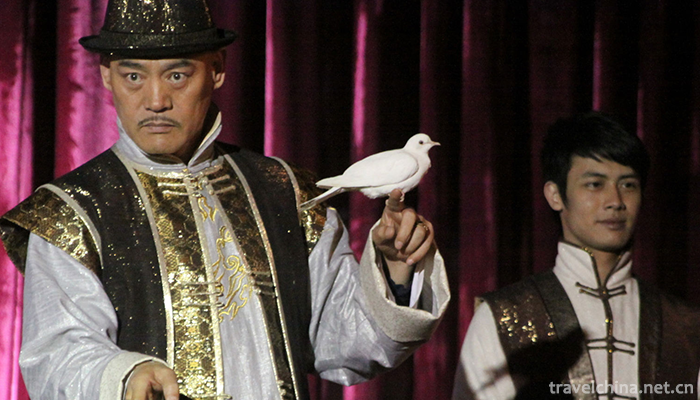
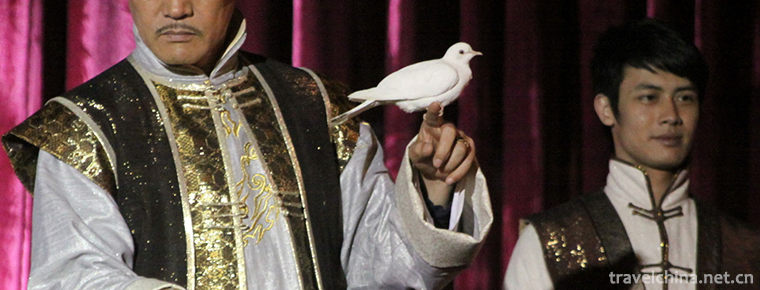
conjuring tricks
-
Bali River Scenic Area
Bali River Scenic Spot is a national AAAAA-level tourist attraction with "Global 500 Top" environmental protection. It is located in Yingshang County
Views: 267 Time 2018-12-08 -
Gucun Park Shanghai
Gucun Park is located in Gucun Town, Baoshan District, from north to Shapu, south to Jiazaobang, and adjacent to Huanbei Avenue of the Outer Ring Road,
Views: 108 Time 2018-12-19 -
Scenic Spot of the Source of the Yellow River
Kariqu, one of the sources of the Yellow River, started with five springs, and Maqu, the other with only one springs. This is the source area of the Yellow River. Tourists here can't imagine that the
Views: 185 Time 2019-01-18 -
Lianhua Rural Tourist Area
Lianhua Rural Tourist Area is a national AAAA-level tourist area, located in the northeast of Chenghai District, Shantou City, with Dongli Town in the East and Tiepu Town in Chaozhou City in the west
Views: 142 Time 2019-01-29 -
Bamboo and Wood Instrument Music of Li Nationality
The traditional instrumental music of Li Nationality is based on abundant bamboo and wood resources, including solo music, ensemble music, song and dance music, sacrificial music and eight kinds of mu
Views: 146 Time 2019-05-13 -
Pinghu cymbal book
Cymbals are a unique form of local traditional folk art in the Wu dialect area of Jiangnan. According to the Records of Songjiang County, it was formed in the Qing Dynasty (1821-1850). It is now mainl
Views: 149 Time 2019-06-09 -
Wudang Shenju
Wudang Shenxi Opera is a kind of traditional opera in Xijiadian Town, Danjiangkou City, Hubei Province. It has a history of nearly 400 years since the Wang family absorbed Wudang culture and the music
Views: 337 Time 2019-06-30 -
Zezhou Sixianshu
Zezhou Sixianshu is a popular performance form in Zezhou Prefecture, Shanxi Province in Qing Dynasty. It is named after Sixian (Sihu) as the main accompaniment instrument. There is no documentary info
Views: 359 Time 2019-07-16 -
Beijing Film Academy
Beijing Film Academy is a University of art with film history and profound film culture. Its predecessor is the Institute of Performing Arts founded in 1950. It was relocated in 1951 and renamed as th
Views: 174 Time 2019-09-06 -
Jinhua Alsophila Nature Reserve
Jinhua Alsophila spinulosa nature reserve is a provincial nature reserve approved by Sichuan Provincial People's Government in 1987. In sifangjinggou, Jinhua Township, 48 kilometers southwest of Rongxian City
Views: 166 Time 2020-10-15 -
Chinese Cheongsam QiPao start time
When it comes to the beginning of cheongsam fashion, it is generally believed that in the period of the Republic of China in the 20th century, Mr. Zheng Yimei said that "the original women wore short clothes in the Qing Dynasty, but did not wear
Views: 372 Time 2020-12-11 -
Biological resources in Dazhou
There are more than 400 species of vertebrates in Dazhou City, including 60 kinds of mammals, 230 kinds of birds, 14 kinds of reptiles, 10 kinds of amphibians and 85 kinds of fish. There are 52 species of national and provincial key protected wild an
Views: 370 Time 2020-12-20
